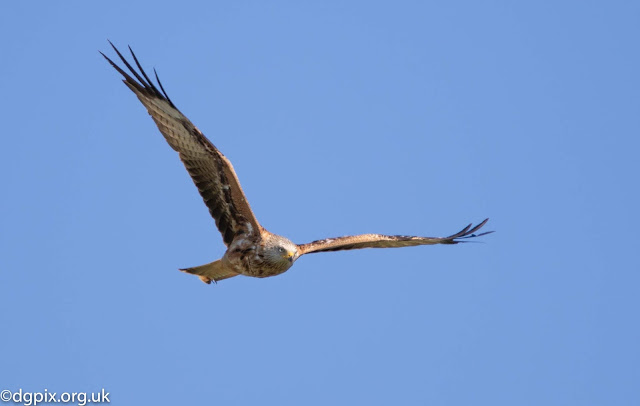Search This Blog
Instructional, educational and general wildlife photography updates from the field, workshops and from the behind the cameras of DGPix
Posts
Showing posts from July, 2018
Photographing Norfolk Raptors - Lightroom Workflow
- Get link
- X
- Other Apps





